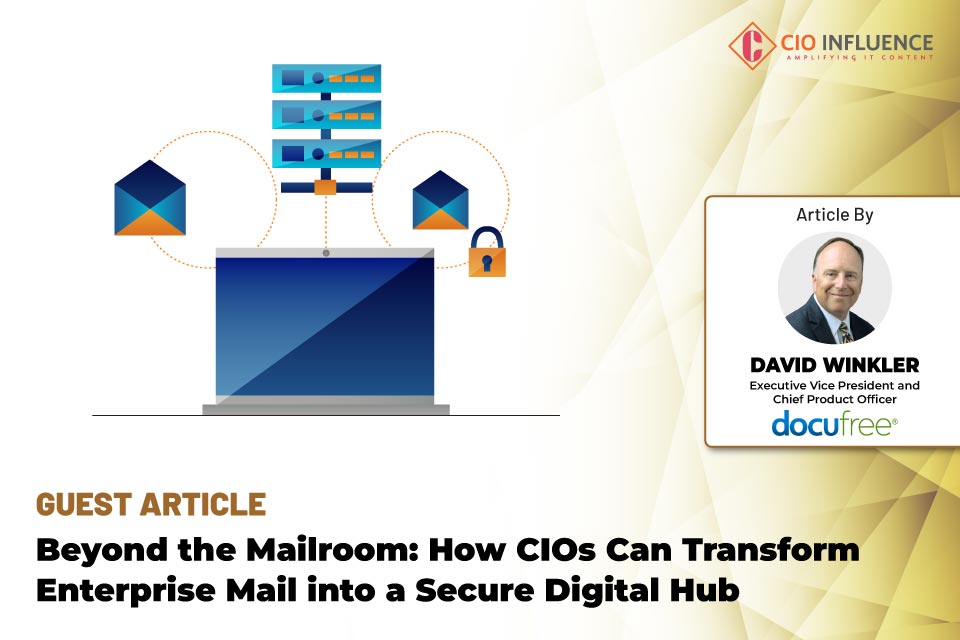There’s no denying…it’s been one long, hot summer. However, our blog readers have found time during their busy summer schedules to keep up with the latest trends, best practices, case studies, commentary and opinion on intelligent document management.
Many people consider summer technically over after the Labor Day holiday. With that being said, we thought we’d share the top-five hottest Docufree blog reads from this summer.
- Five Ways to Convince Skeptical Employees to Adopt New Technology
Bringing any new technology into your organization can increase productivity, improve operations, and make workflows seamlessly faster. But it can also be scary for employees. Getting them to embrace new technology is no easy task. Not many people like change, even when it’s for the better. There are employees that quickly adapt to new processes and adopt new technology, and then there are the skeptics. The skeptical employees are happy with their current routine and processes. They don’t like change, and even worse, they make that known. Their negativity and attitudes can spread quickly, which make it more difficult to get all employees on board. This article offers a five things you can do to convince those skeptics to adopt new technology.
- The Top-Three Challenges with HR Records
While most HR departments handle employee records in their own ways, there are three challenges they all face that consistently surface. It’s not surprising that paper documents are still found in HR. Many HR professionals simply struggle to make paperless a priority in their departments. Paper documents are much more susceptible to privacy and security risks. They can also slow processes, contain errors and are more vulnerable to natural or man-made disasters. Record retention also continues to be a burden due to the many rules and regulations HR has to keep up with. To stay compliant, HR has to properly and consistently manage, store and retain employee records according to requirements. This article delves deeper into why these recurring challenges just won’t go away in a paper-based HR department.
- Why Business Process Analysis Is a Necessary First Step Toward Digital Transformation
When most companies think about digital transformation, they put too much emphasis on new technologies to “go digital” rather than on transformation first. Business processes, and the documents, people, and systems linked to them, are at the heart of how every organization runs. But, most businesses are wildly inefficient. The first step toward digital transformation, is business process analysis (BPA). It serves as a reality check by assessing people and systems, the documents and information they exchange, the tasks and activities completed, and then maps out the sequence of those events. The goal: To get a detailed view of an entire process, identify any delays, errors, redundancies, lack of resources, or complaints, and come up with a game plan for eliminating them. This article gives you a host of best practices for starting a BPA.
- Develop a Document-Retention Strategy in Six Simple Steps
As your business has grown, the amount of paper lying around has grown, too. If not controlled, your documents will multiply and create chaos in your office—bottlenecks that could ultimately threaten the success you’ve worked so hard to achieve. Overall, the vitality of your business will be threatened. As a small- to mid-sized company, developing a document-retention strategy may not be one of the top priorities on your list. But if you can’t manage your documents now, how can it possibly get any easier down the road when your company is bigger, and your paper burden is even larger? The article offers six helpful points to assist you in developing a document-retention strategy that keeps your business-centric information secure, easy-to-find and compliant. - 5 Ways To Ensure a Successful Transition to Digital Enterprise Content Management
Going paperless may seem like a huge step to take. We get it. But we also know that it’s worth it. Paper-based documents are expensive to maintain and are subject to ongoing processing errors that create significant inefficiencies, data security concerns, and compliance risks. And yet, while an enterprise content management (ECM) solution can solve these problems, 50 percent of ECM projects fail. With so many critical components involved, getting ECM right can be a challenge—but it’s critical to making the successful transition from paper to digital. This article gives you five steps you can take to make sure your ECM project gets off to a successful start.
We look forward to bringing you more insightful content with practical advice that helps you, your department, your office and even your entire organization better manage documents and eliminate the manual tasks associated with them to bring improved efficiency, increased productivity and more cost-savings to your business operations.




